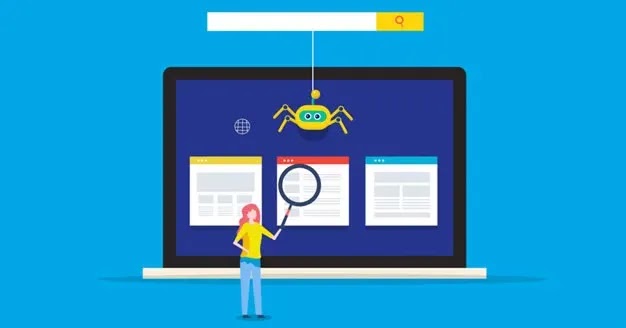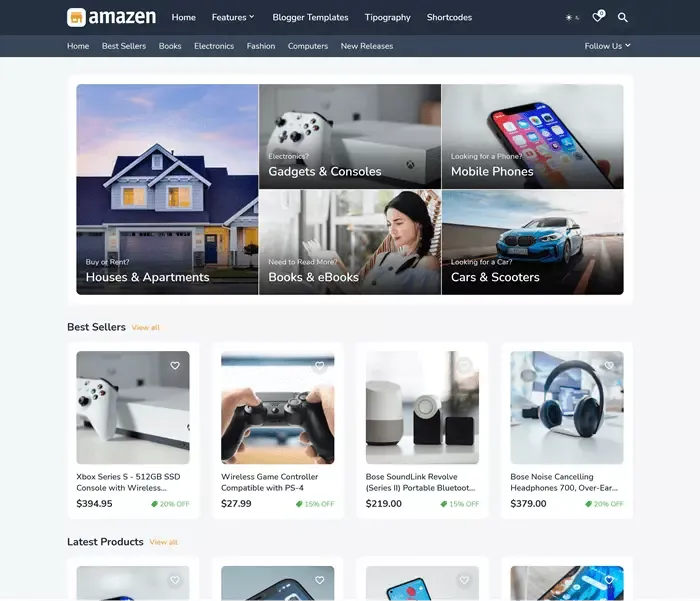Buyer Persona - Get To Know Your Customers
When you start developing a new product or service in addition to working on the product/service itself, what is perhaps, even more important? Get out there and meet those for whom you are creating a product or service. Get to know your customers.
Who are the people for whom you are creating your product or service? What do they do, and how old are they? How do they live and spend? Do you know what their habits, needs, and goals are?
These are just some of the questions you should know the answers to before you create all the elements of the marketing mix (Known as the 4Ps: product, price, distribution channels, and promotion).
We should not forget some other very important questions, namely:
- Do you know what customers want from you?
- What are the problems or needs that your product/service solve? What have they used so far to solve the problem you want to solve for them?
- How much do they pay for the solution they are using now?
- Why are they not satisfied with that solution?
Why is it important to know your potential customers as early as possible?
Many entrepreneurs create a product that solves a problem that the
entrepreneur himself has. It's crucial to consider what your intended market
will think of your product as well as your own opinions when developing it.
You
must speak with customers who you believe to be your target clients as soon as
possible to ensure that you are on the right track. It's essential to check
all the assumptions you have regarding the problem you want to solve before
you start developing your new product.
Imagine for a moment that
you have created a product, for example, phenomenal winter boots, and placed
them on the market. But the market where you marketed your product is located
- for example - in the Mediterranean, and such, footwear is not a priority for
them. What's more, they need it maybe once a year when going on winter
vacation, and maybe not even then.
Imagine how much of your
effort, work, and resources are involved and what is the profit? Did you meet
the needs of the customers?
To avoid this situation, you need to
get to know those you create for, your customers, as well as the market they
are in (we talked about this in one of the previous blog posts: What is Market Segmentation and how to implement it?).
The
main goal of marketing is to satisfy the needs and solve the problems of
potential customers. To achieve this goal needed to "get out of the building
and into the market."
When you "get out of the building," that is,
you start getting to know the customers of your product or service and start
communicating with them you will find out what their problems and needs are.
That way, you will be better able to satisfy those needs, that is,
solve their problems. You will understand the purpose of your product better
and find out which characteristics should be changed to make the product even
more suitable for your customers.
You will see who your
competitors are and how your customers are behaving now. How much do they
spend to solve the problem you want to solve for them.
How to start the process of getting to know the customer?
To understand the customer of your product or service, you must ask
yourself specific questions and answer them. That is, you have to create
precise hypotheses related to who your customer is. The answers to the
following questions represent your hypotheses about potential customers.
What problems does your product solve for the customer?
Try to understand what costs the customer has, how much risk he bears,
what kind of risk he bears how he manages his time. If there is currently a
situation that solves the same problem as you, examine what its flaws are. Is
this problem high on the scale, or is it not that important? What are your
customer's fears?
What is it that your product does for the customer?
Does the customer need your product to perform functional tasks? Or, on
the other hand, does your product satisfy certain emotional needs of the
customer? Answering these questions will give you initial hypotheses.
How does a day in the life of your customer look?
Describe a day in the life of your customer:
- What happens during that day?
- What does the morning of your potential customer look?
- How does he go to work?
- Does he go to work?
- How does he spend his time after work?
After that, analyze where your product fits in that day. How does it
fit, and in which period?
What does the customer want to achieve by using your product?
What makes him happy while using your product? What does he expect to
achieve? How does your product make their lives easier? Maybe it reduces their
costs and saves time.
Do they expect high-quality
products/services and better performance, and what kind of performance do they
expect? Does the possession of your product evoke any feeling in the customer?
When you answer these questions - think about how you can exceed these
expectations.
By answering all these questions, you create initial
hypotheses about who your customer is and how he lives. What you have at this
point are only assumptions. After that, it is necessary to examine all these
assumptions. Is your customer's day like that?
Is the way your
problem meets needs or solves problems really like that, or does something
need to be changed? The goal of creating these hypotheses is to define the
buyer persona.
What is a buyer persona?
A buyer persona is nothing more than a detailed description of someone
you consider to be your target customer.
But don't be fooled!
Buyer persona does not define a real buyer. It describes a fictitious person
who possesses all the characteristics and traits of the person you consider to
be the ideal potential buyer of your product.
By defining a buyer
persona, you find out who your ideal customer is. How old is he, what does he
do, how much does he earn, what are his interests and goals, how does he
spends his day, and how does he spends his free time. You understand his
shopping patterns, problems, needs, and desires.
Do not be confused
if you find that your ideal customer is not one person but two, three, or
five. Different groups of people buy your product for various reasons.
Therefore, you may need to create multiple buyer personas, one for each target
group of buyers.
You can't know every customer individually, but
what you can do is create a buyer persona that will represent each of your
ideal customer groups.
How to create a buyer persona?
At this point, if you have answered the above questions, you already
have initial hypotheses. You already have an idea of what your ideal
customer looks like. Now it's your turn to turn those assumptions into
facts.
How? By getting out of the building and getting to know your
potential customers. Likely, many of your hypotheses will not be correct.
Don't let that scare or worry you; it's completely normal. That's
why you should listen carefully to what your current and potential customers
are telling you and gather information.
The buyer persona is
reached by examining your existing customers and potential customers,
researching, creating a questionnaire and analyzing it.
Also, it is
quite normal to analyze the customers of your competitors. Especially if
you're just starting and your customer base hasn't been built yet. Explore
websites, social networks, and reviews they leave both on your communication
channels and competitors' channels.
Data that the buyer persona should contain
Start with who your customer is. What is his position in society, how
old is he, what is his gender, what is his marital status, what does he do,
and what are his hobbies?
What are his buying patterns? - This is
one of the most important questions. How does he make a purchase conclusion,
how often does he buy, and who influences his purchase choice.
What
does it mean to him, what drives him, motivates him, and what are his goals.
Who and what influences him?
Include their concerns and fears, and
frustrations.
When you collect all this data, you will understand what characteristics are
common to all your potential customers in a specific target group. By entering
the buyer persona, you will get a detailed profile of who and how your ideal
customer lives. Next to the name, you can also put a picture - that represents
a fictitious image of what he looks like.
Another document you
should fill out is the empathy map.
See what it looks like here:
Empathy Map Canvas
Be specific, and go into detail. Also, remember that a buyer
persona is not just a set of characteristics, a list. It is a description of a
person.
How does buyer persona help you in your business?
A well-created buyer persona can much help you in business and the
creation of the product, and later, on the other marketing mix elements.
When
you know your target group, your marketing messages will have much more
meaning and effects. You know who you are addressing, and therefore you know
how you should address that group. When you define a buyer persona creating a
marketing strategy will be much easier.
Buyer persona keeps you focused on potential customers, their problems and
needs, and not on your own.
Conclusion
Knowing your customers is the foundation of doing business. If you are
not aware and do not know the person for whom you are creating a product or
service, your business will be like walking blindfolded.
So get
involved in the process of getting to know your target group, listen, follow
and take notes.








